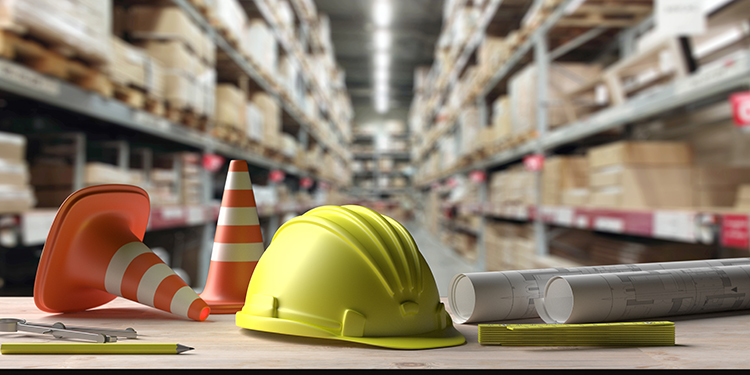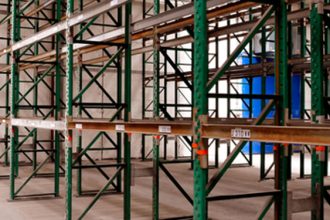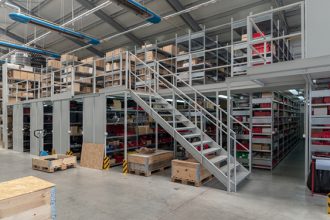How A Material Handling Specialist Can Help Create The Safest Rack System Design

While some organizations have in-house expertise and can determine the specification requirements and layout for a new storage rack without outside assistance, others who lack this skillset should consider engaging a material handling specialist to assist with this process. This specialist can be a good resource for integrating a variety of considerations when establishing the parameters of the optimal storage rack system for a given application.
As explored in RMI’s Considerations for the Planning and Use of Industrial Steel Storage Racks, Section 2.3, these details include:
- The type of forklifts or other material handling vehicles that will interface with the rack system.
- The required width of the aisles between the rack structures.
- The maximum lift height of the current fleet of forked vehicles.
- The dimensions, weights, and characteristics of the items to be handled, including total unit loads (pallet loads), pallets, and box or carton loads.
- The optimal width of each clear bay within the rack structure.
- The type (or types) of rack to be used (such as selective, cantilever, flow, pushback, drive-in, drive-thru, dual-bay, work platforms) and any other related systems.
A variety of additional details need to be addressed during the planning phase. These include:
- Site-specific information about the geographic and geotechnical conditions at the location selected for a new or existing storage facility or distribution center; this impacts the potential need for the rack system to be designed, manufactured and installed to resist earthquake, wind, or snow load forces.
- Dimensions and details about the facility to be leased, purchased, or constructed, including size, shape, layout, and type of building.
- The type and variety of goods to be received, stored, picked, packed, and shipped from the facility.
- The desired type of industrial steel storage rack to be used, and any other related systems.
- Type (or types) of material handling equipment that will interface with the rack system.
- Information about the products to be stored, including sizes, dimensions, and weights.
- Details about the unit loads (pallet loads) to be received, stored, and handled, including sizes, dimensions, weights, uniformity or asymmetry.
- The type of load handling medium to be used: pallets, slip sheets, skids, or other.
- The plan for the operational layout of the building.
- Requirements for circulation and egress in normal and emergency situations.
- Requirements for sprinkler systems, lighting, and heating and cooling.
Working with a material handling specialist to verify that all of these details are included in the scope of the rack project ensures that the final storage rack system is designed for both safety and function.
Need more insights on planning a new industrial steel storage rack project? Download RMI’s Considerations for the Planning and Use of Industrial Steel Storage Racks here.


